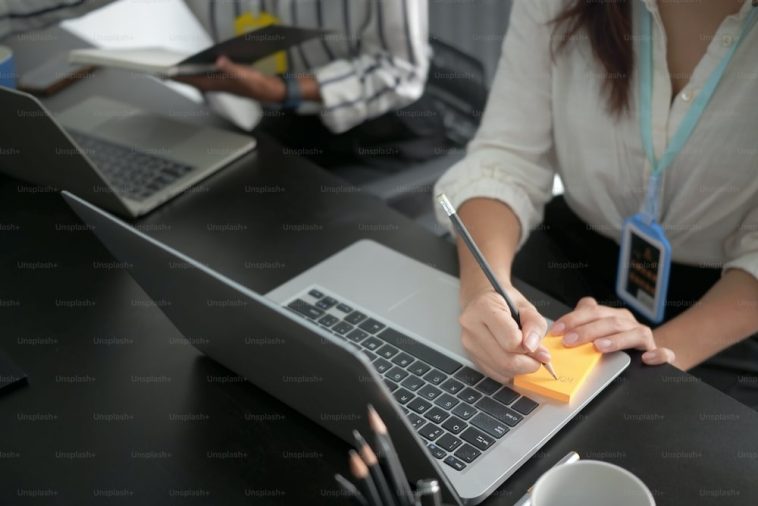Introduction.
Graphic design has become one of the most in-demand skills in freelancing. It’s everywhere you look—websites, apps, social media, branding, and advertisements.
Companies need talented graphic designers to stand out in a crowded market, which creates a huge opportunity for people who want to work creatively and independently. But how do you actually learn graphic design and turn it into a freelancing career?
Let me break it down step by step. I’ll cover how to get started, what tools and resources you can use, and how to build a portfolio that gets clients. By the end, you’ll have a roadmap to follow.
Why Graphic Design Matters in Freelancing
Graphic design isn’t just about making things look pretty. It’s about communication. Businesses use design to share their ideas, build trust with customers, and make their brand memorable.
Think of logos like Nike’s swoosh or Apple’s clean and simple ads—they stick in your mind, right? That’s the power of design.
For freelancers, graphic design is a great skill because you can do it from anywhere, and the demand for it keeps growing.
According to a report by IBISWorld, the graphic design industry generates around $12 billion annually in the U.S. alone, with a steady growth rate. That’s a lot of room for new designers to find their place.
How Do I Learn Graphic Design For Freelancing?
Step 1: Learn the Basics
Before diving into freelancing, it’s important to build a strong foundation. Graphic design is a mix of art and problem-solving. Here’s what you need to focus on:
1. Design Principles
Learn about the basic principles like balance, contrast, alignment, repetition, and hierarchy. These guide every good design. You can find free resources on platforms like Canva Design School or Interaction Design Foundation.
2. Color Theory and Typography
Colors set the mood of a design, and typography (the fonts you choose) impacts readability and tone. Experiment with tools like Coolors for palettes and Google Fonts to explore typefaces.
3. Software Skills
Graphic designers typically work with tools like:
- Adobe Photoshop (for editing images)
- Adobe Illustrator (for creating logos and vector art)
- Adobe InDesign (for layout design like magazines or brochures)
If Adobe feels pricey, free alternatives like GIMP or Inkscape are good places to start. Canva is also excellent for beginners.
Step 2: Learn by Doing
The best way to learn graphic design is by practicing. Start small—design social media posts, flyers, or simple logos. Sites like 99designs or Fiverr have design contests and gigs where you can test your skills, even as a beginner.
Create Fake Projects
Not ready for real clients yet? Create mock designs for imaginary businesses. Design a logo for a fictional coffee shop, create a poster for a fake event, or design a mobile app interface. This will help you experiment without pressure and build confidence.
Step 3: Build a Portfolio
Your portfolio is your biggest selling point as a freelance designer. It’s a collection of your best work that shows clients what you can do.
Tips for Building a Portfolio:
- Start with 5-7 Projects: Showcase a variety of styles and formats, like social media graphics, logos, and branding packages.
- Explain Your Work: For each project, write a short description explaining the concept, tools you used, and challenges you solved.
- Use Free Tools: Platforms like Behance and Dribbble are popular for sharing design portfolios. You can also create a simple website with tools like Wix or Squarespace.
Step 4: Learn How to Find Clients
Now that you’ve got the skills and portfolio, it’s time to find freelance work. This can feel tricky at first, but there are plenty of ways to connect with clients:
Freelance Platforms
Websites like:
- Upwork
- Fiverr
- Toptal
These platforms help you find clients, but they also take a percentage of your earnings.
Social Media
Share your designs on Instagram, LinkedIn, or Pinterest. Use hashtags like #GraphicDesigner or #FreelanceDesign to attract potential clients.
Networking
Ask friends, family, or small business owners in your area if they need design work. Word of mouth can lead to your first few gigs.
Step 5: Keep Learning
Graphic design trends and tools keep evolving, so it’s important to stay updated. Follow industry blogs like Creative Bloq or watch tutorials on YouTube channels like The Futur and Adobe Creative Cloud.
You can also invest in affordable online courses from sites like Udemy or Skillshare. Many offer lifetime access, so you can revisit lessons anytime.
FAQs
Q1: Do I need a degree to become a freelance graphic designer?
No, a degree isn’t required. Many successful freelance designers are self-taught. Focus on building your skills and portfolio instead.
Q2: How long does it take to learn graphic design?
It depends on how much time you dedicate. Learning the basics can take 2-3 months, while mastering advanced skills may take a year or more.
Q3: Can I start freelancing while learning graphic design?
Yes, but start with smaller projects or volunteer work to gain experience before taking on larger clients.
Q4: How much can I earn as a freelance graphic designer?
Rates vary based on experience and location. Beginners might charge $15–$30 per hour, while experienced designers earn $75–$150+ per hour.
Final Thoughts
Learning graphic design for freelancing is a rewarding journey. It takes time and effort, but the freedom to work on your own terms and express your creativity makes it worth it.
What do you think is the hardest part about starting as a freelance graphic designer? Let me know—I’d love to hear your thoughts!





GIPHY App Key not set. Please check settings